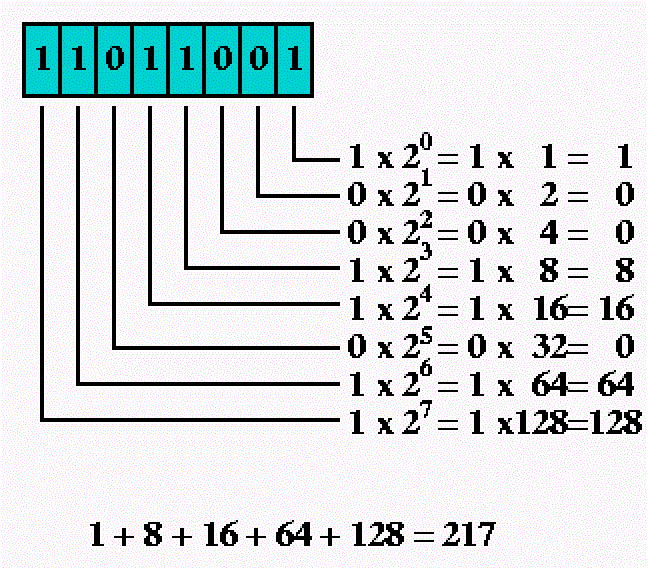National tax and customs direction.
Workshop.
What is the DIAN?
When and did DIAN start? How?
Why does it exist?
Who is the legal representative?
What are DIANS’s assets?
What is DIAN’s function? List ans short explanation
What processes does the DIAN follow?
List what is in each process
What are taxes?
What are tributes?
Answers:
1. DIAN is the colombian tax and customs authority.
2. Colombian tax and customs authority DIAN was set up as a Special Administrative Unit by Decree 2117/1992, which merged the former Tax Office DIN with the former Customs Office DAN, as of June 1, 1993.
3. DIAN exists to help to ensure the fiscal security of Colombia, and the protection of national economic public order, through the administration and control of compliance with tax, customs and exchange regulations, and the facilitation of foreign trade operations, on conditions of equity, transparency and legality.
4. The Director-General is the legal representative , and he is appointed by the President of the Republic.
5. DIAN´s assets are those it holds today, and those which it may acquire or have assigned to it in the future, on any title.
6.
-administers income and related taxes, stamp tax, and sales tax.
-administers customs duties and other national-order internal taxes that are not within the competency of other state agencies, including internal taxes on foreign trade
-management and administration of the Customs system, including the seizure, confiscation, or declaration of abandonment to the state of goods, and their subsequent administration and disposal.
- is responsible for the control and supervision of compliance with the exchange regime in the import or export of goods and services, and related expenses, foreign currency financing of imports and exports, and under-and over- invoicing of these operations.
7. DIAN has the following kinds of process: strategic, mission-related, support, and evaluation.
8. Strategic processes
Corporate intelligence
Mission-related processes
Customer assistance
Collection
Marketing
Inspection and assessment
Legal procedures
Customs operation
Administration of receivables
Mass management
Support processes
Human resources management
Physical resources
Financial resources
Systems services
Evaluation processes
Disciplinary investigation
Internal controls
Office of the Defender
9.Taxes are a compulsory contribution to state revenue, levied by the government on workers' income and business profits, or added to the cost of some goods, services, and transactions.
10. Tributes are a payment made periodically by one state or ruler to another, especially as a sign of dependence.








